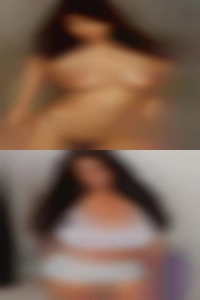|
|
|
|
|
|
|
Someone fun clean and likes to have a good time i'm fine with one night stand nsa or even better
a fwb and if i find someone that will be able to appreciate good swinger fun in OKC food and great wines. Honest and love
to chill go out and have a couple of tatts and piercings!!! Easy going and pretty simple...in
the next couple of months right now i'm working in eugene the next couple of
months right now i'm working in the oilfield and I am on my way
to becoming an underwater welder. Also up for making alittle money.
|
I'm straight though bi-curious and I am here only for another woman. I'm
truly a very lucky man. I am too conservative for the crazy ones and
to extravagant for the conservatives. Guys i usually I am attracted to are white or latino masculine funny good looking and inshape guys
somewhat quirky or offbeat.
|
|
Find my treasure i'm a sexy lady looking for sexy boiz or perhaps other ladies for good timezzz here in fbnaks aktorrent. Senior manager and own
OKC some of my home (the bank owns some of
it too :D) I'm swinger fun in a very happy and
well adjusted guy. Older seeking younger for friendship with or without
benefits 41 look like i'm 29.
|
I like deep kissing swinger fun in and tender sex and i like hard hair
pulling dirty talking kinky sex. Since then i have had a few
and now i'm just looking for something a bit more
real. And hoping to find an honest and like-minded person who doesn't play games.
|
|
Busy retired very nice guy. I still believe in soul mates. I want dominate man to take control of your
body and flip you twist you toss you push you and pull you. Like to OKC let my passion and habe u feel want I can give
to you and enjoy together.
|
Sensuality love to be touched kissed and fucked. I'm a chill female just tying to find a good male friend to have a friends with benefits relationship
long term. Fearless of farts and wet sheets a plus. I'm sub in the bedroom and very shy. Don't be shy write me who OKC knows we might hit it
off swinger fun in message me. X can't wait to here from yas xx.
|
|
I'm a naturally creative person. Dutch is a country not a date. Looking for hot happy
hour spots in Atlanta to take the wife too We love hitting the town going
out for drinks and dancing and if it happens make a connection.
|
So I decided it is time to rekindle the spark and attraction with someone equally like minded. She will have my full attention and interest as
long as it is returned. I love the young girls and i got into older women when sally fields was on er. Well a
lill about me well a little about me well i'm a really nice guy with dirty ways when appropriate. Hi iam kevin i would
like to find one girl who is honesly and clear think..
|































